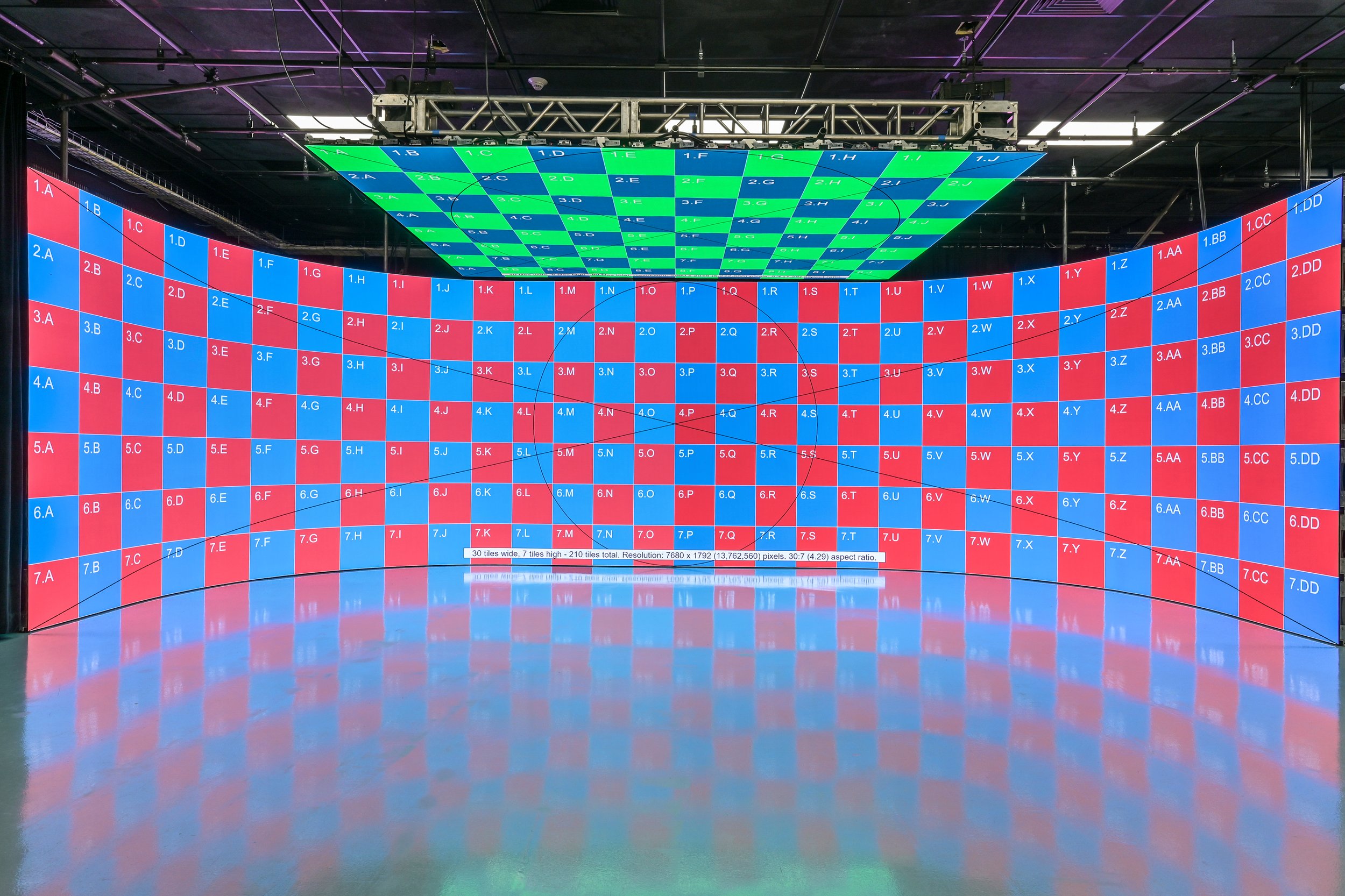Effective Strategies for Addressing Overheating Issues in LED Display Screens
Wiki Article
LED panel panels are increasingly common for multiple applications, including promotion, events, and electronic screens. However, excess heat is a major challenge that can impact their performance and longevity. When LED screens become too hot, they may dim, color distort, or even malfunction completely. Understanding the reasons and applying effective strategies to manage heat can help maintain the ideal operation of LED wall panels. This piece will explore several strategies to tackle excess heat issues associated with these devices.
One effective approach for stopping overheating in LED wall panels is ensuring proper airflow. It is crucial to place these panels in environments where atmosphere flow is adequate. This can be accomplished by positioning the screens in a properly aired space or utilizing fans to enhance ventilation around the devices. Additionally, if the screens are installed in a tight area, establishing gaps or implementing air ducts can help release heat more efficiently. Keeping a cooler ambient temperature is crucial, as it directly impacts the performance and durability of LED panel panels.
Another way to address excess heat is through the application of heat control materials. These materials can help take in, dissipate, or redirect heat away from the LED components. Heat sinks are commonly employed in many digital units, including LED panels. These metal elements pull heat away from the LED components, allowing them to function at a more secure heat level. Additionally, thermal paste or pads can be applied to improve heat conduction between the LED elements and the heat sinks, further boosting their chilling effectiveness.

Routine maintenance and oversight of LED panel screens also play a critical part in stopping excess heat. Dirt and grime can build up on the faces of these panels, obstructing airflow and trapping heat. Regular cleaning, using appropriate tools, will keep the panels free from obstructions. Furthermore, monitoring the temperature of the panels can help identify overheating issues before they become severe. Using temperature sensors can provide valuable data, allowing users to take corrective action if the panels begin to exceed safe operating temperatures.
The use of advanced techniques can also help tackle excess heat challenges in LED wall panels. Many modern LED panels come equipped with built-in heat control systems. These systems can instinctively modify the luminosity of the screen based on the heat level, reducing heat generation when necessary. Additionally, software solutions can track the performance of the panels and provide alerts if overheating is detected. Using these tools can considerably improve the durability click now and reliability of LED wall screens.
In summary, managing overheating in LED wall screens is essential for guaranteeing their functionality and durability. Implementing strategies such as ensuring proper ventilation, utilizing heat control materials, conducting regular care, and employing advanced tools can help mitigate overheating challenges. By taking these preventive measures, users can benefit from the full benefits of LED wall screens while reducing the threat of heat-related issues. This approach not only improves the performance of the panels but also contributes to a more eco-friendly and effective application of technology in various uses.